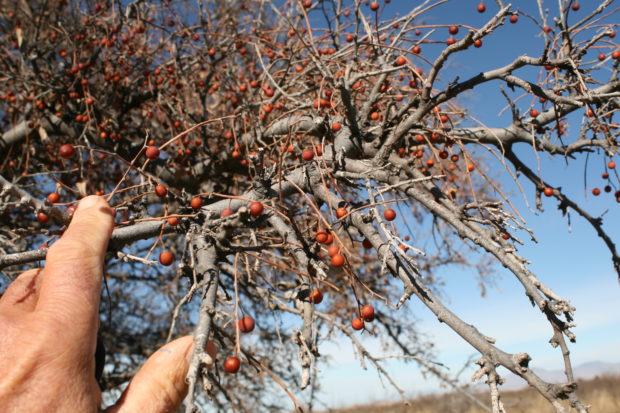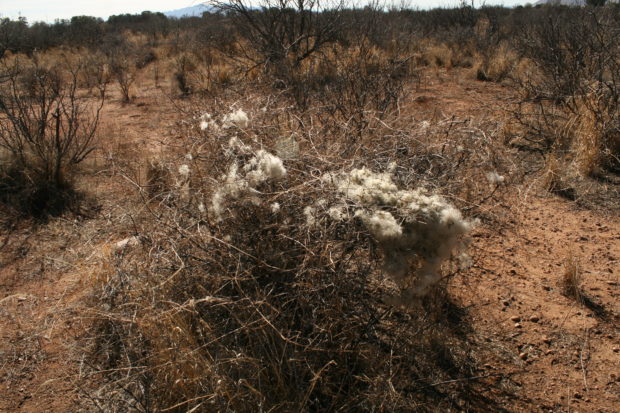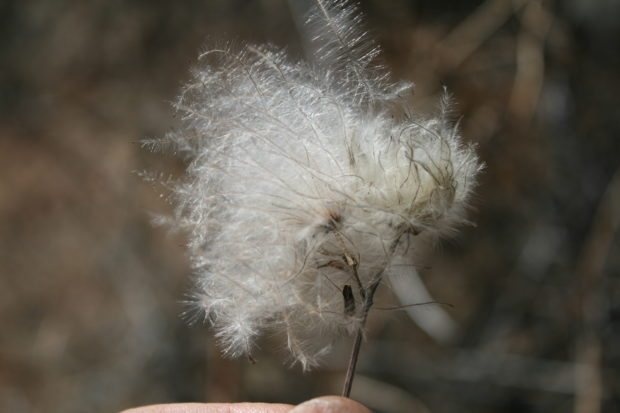Canyon hackberry must be an old common name, because all the new literature calls it western hackberry. Western, I suppose, as opposed to the southern hackberry and the common hackberry, two species that overlap in the eastern US. Our western hack is Celtis reticulata, the southern hack is Celtis laevagatum, and the common hack is Celtis occidentalis. At least that’s the way I learned them, but I suspect, like the common names the Latinized binomials may have changed as well, but now you know.

There are over 200 species of native Clematis found around the world and then, when you get into the ornamental hybrids that number goes up and like a Facebook relationship, it’s complicated. In Arizona there are six species. In the borderlands around you and me you will find two species; Clematis drummondii and Clematis ligusticifolia – ligusticifolia is a delicious specific epithet to pronounce – and sometimes you find them together and yes, they hybridize. I neglected to tell you in this show that Clematis is in the Buttercup family, Ranuculaceae, but now I have.
The photos are mine of the Clematis and the Celtis. I like the photo of the hackberry fruit in the branches. And though I took several photos of scats I did not include one, as I figured you know what a scat looks like. Oh, and many years ago when I ran a nursery in Tucson I donated two canyon hackberry trees to KXCI Community Radio for street trees and they are still there in front by the sidewalk and if you walk one house south of those trees you will see a Drummond’s clematis clambering over a yard fence. Very cool!



I have had the Gila topminnow going around in my brain for months and this poem may be a work in progress, but I...

The genus is now Hesperocyparis, but back in the olden days I learned the rough bark Arizona cypress of southeastern Arizona as Cupressus arizonica...

I don’t know any poultry fanciers that don’t have a guinea fowl story or two or three. Chickens are where it usually starts as...